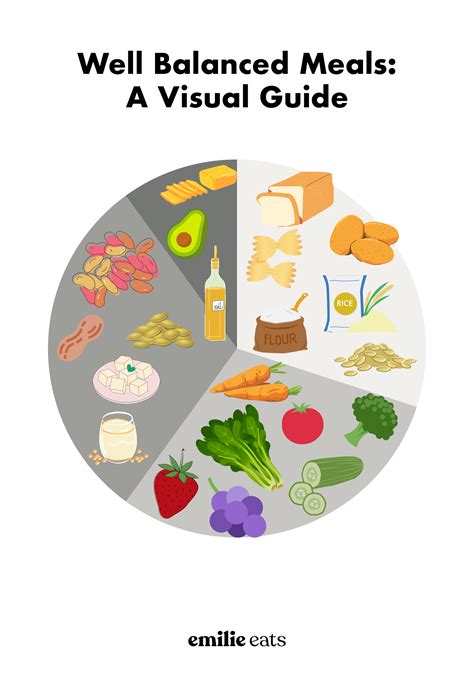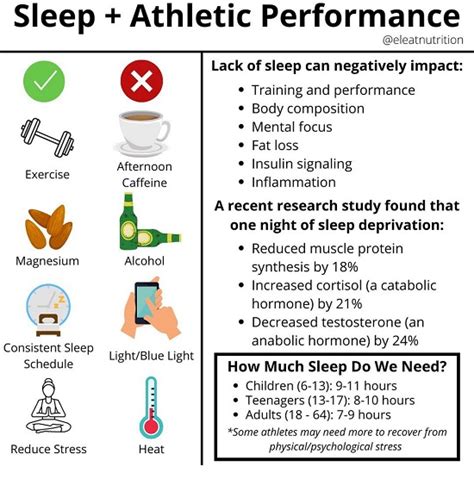Optimize training for peak male strength & efficient fat loss?

The Dual Pursuit: Strength and Leanness
Many men aspire to be both incredibly strong and remarkably lean. While these two goals might seem contradictory – strength often being associated with bulk, and leanness with a caloric deficit – they are absolutely achievable simultaneously with a smart, integrated approach. The key lies in strategic training, precise nutrition, and diligent recovery, all working in harmony to transform your physique and performance.

Foundation First: Prioritizing Resistance Training
For peak strength and muscle preservation during fat loss, resistance training is non-negotiable. It signals your body to retain and even build muscle mass, which is crucial for maintaining strength and boosting metabolism.
Compound Movements are King
- Focus on the Big Lifts: Squats, deadlifts, bench presses, overhead presses, and rows should form the core of your routine. These multi-joint exercises engage more muscle groups, allowing you to lift heavier and stimulate greater strength gains and calorie expenditure.
- Progressive Overload: To get stronger, you must continually challenge your muscles. This means gradually increasing the weight, reps, sets, or decreasing rest times over time. Keep a training log to track your progress and ensure consistent improvement.
- Rep Ranges: For pure strength, aim for lower reps (1-5) with heavier weights. For hypertrophy (muscle growth, which supports strength), focus on moderate reps (6-12). A blend of both is ideal for a well-rounded program.
Fueling the Machine: Nutrition for Body Recomposition
Nutrition is arguably the most critical component when chasing both strength and fat loss. It requires a delicate balance: consuming enough to fuel intense workouts and support muscle repair, while being in a sufficient caloric deficit to shed body fat.
Strategic Caloric Deficit
- Moderate Deficit: Aim for a modest deficit of 300-500 calories below your maintenance. An overly aggressive deficit can compromise strength and lead to muscle loss.
- High Protein Intake: Consume 1.6-2.2 grams of protein per kilogram of body weight daily. Protein is essential for muscle repair, growth, and satiety, helping you preserve lean mass during fat loss.
- Smart Carbohydrate Timing: Prioritize complex carbohydrates around your workouts to fuel performance and aid recovery. Reduce carb intake on rest days.
- Healthy Fats: Don’t neglect healthy fats (avocado, nuts, olive oil) for hormone production and overall health, aiming for 20-30% of your total daily calories.

Accelerating Fat Loss: Strategic Cardio Integration
Cardiovascular exercise plays a vital role in increasing your caloric expenditure, thereby aiding fat loss. However, its integration must be strategic to avoid interfering with strength gains.
Types of Cardio
- High-Intensity Interval Training (HIIT): Short bursts of intense exercise followed by brief recovery periods. HIIT is excellent for burning calories efficiently and improving cardiovascular fitness without significantly impacting strength.
- Low-Intensity Steady State (LISS): Longer durations of moderate-intensity cardio (e.g., brisk walking, cycling). LISS is less taxing on the nervous system and can be performed more frequently, especially on rest days from weightlifting.
- Timing is Key: Perform cardio on separate days from your main strength training sessions, or at least several hours apart. Avoid intense cardio immediately before heavy lifting, as it can deplete glycogen stores and impair performance.

The Unsung Heroes: Recovery and Lifestyle
Training and nutrition are powerful, but without adequate recovery, your progress will stall. Your body grows stronger and leaner during rest, not during the workout itself.
Prioritize Sleep and Stress Management
- Quality Sleep: Aim for 7-9 hours of quality sleep per night. Sleep is crucial for hormone regulation (growth hormone, testosterone, cortisol), muscle repair, and cognitive function.
- Manage Stress: Chronic stress elevates cortisol levels, which can hinder fat loss and muscle growth. Incorporate stress-reducing activities like meditation, yoga, or spending time in nature.
- Hydration: Drink plenty of water throughout the day. Proper hydration is vital for metabolic processes, nutrient transport, and overall performance.

Conclusion: A Holistic and Consistent Approach
Optimizing training for peak male strength and efficient fat loss is not about finding one magic bullet, but rather meticulously weaving together several crucial elements. It demands consistency in your resistance training, precision in your nutrition, strategic integration of cardio, and unwavering dedication to recovery. Embrace progressive overload, fuel your body with nutrient-dense foods, listen to your body’s recovery needs, and stay patient. With a holistic and consistent approach, you will not only achieve your aesthetic goals but also build a foundation of robust strength and enduring health.









